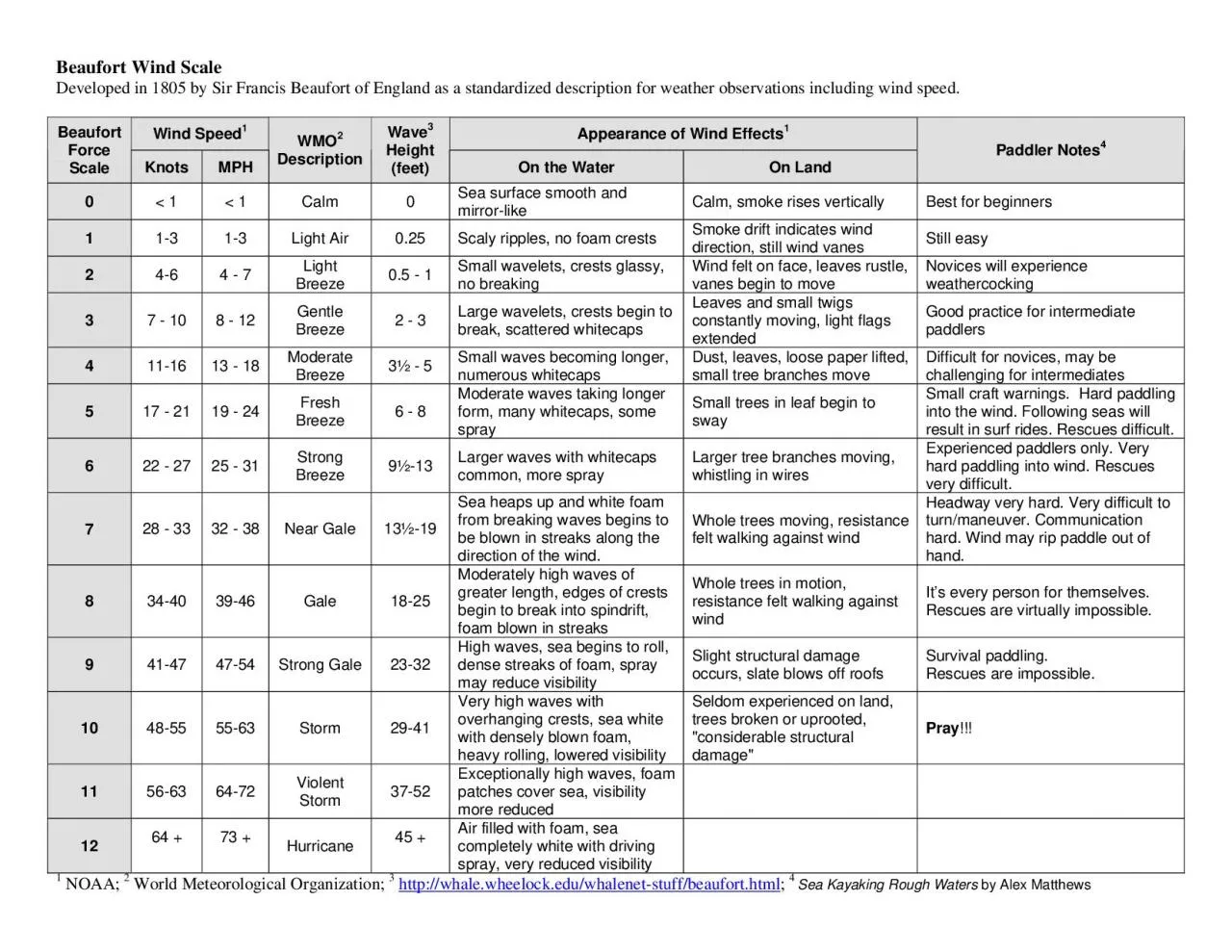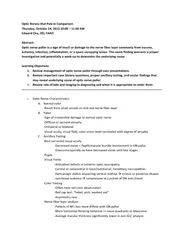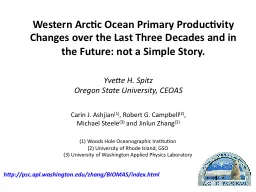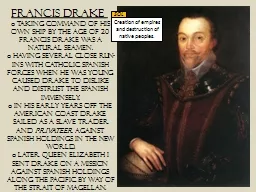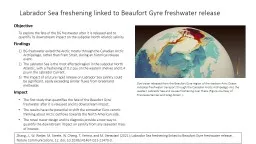PDF-Developed in 1805 by Sir Francis Beaufort of England as a standardized
Author : oconnor | Published Date : 2022-08-16
Wind Speed1 Appearance of Wind Effects Beaufort Force Scale Knots MPH WMO2 Scaly ripples no foam crests Smoke drift indicates wind Breeze Small wavelets crests glassy
Presentation Embed Code
Download Presentation
Download Presentation The PPT/PDF document "Developed in 1805 by Sir Francis Beaufor..." is the property of its rightful owner. Permission is granted to download and print the materials on this website for personal, non-commercial use only, and to display it on your personal computer provided you do not modify the materials and that you retain all copyright notices contained in the materials. By downloading content from our website, you accept the terms of this agreement.
Developed in 1805 by Sir Francis Beaufort of England as a standardized: Transcript
Download Rules Of Document
"Developed in 1805 by Sir Francis Beaufort of England as a standardized"The content belongs to its owner. You may download and print it for personal use, without modification, and keep all copyright notices. By downloading, you agree to these terms.
Related Documents

